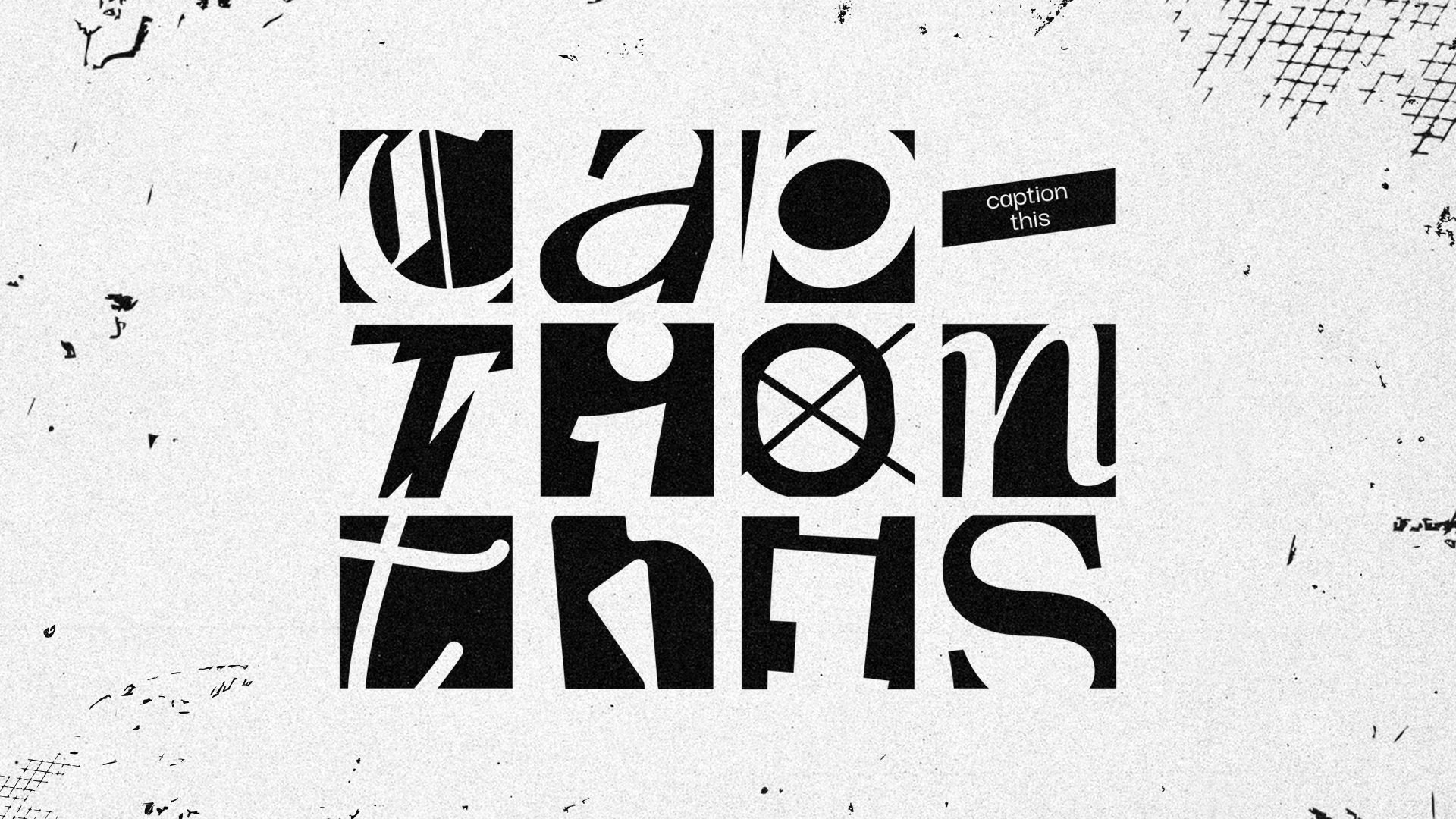
Image by James Sharpe
Ever watched a video that you couldn’t fully understand? D/deaf, disabled and neurodivergent people have to deal with this every day when looking for content on social media, in particular on TikTok.
“I can’t enjoy videos the same way as hearing people can as I have no clue what the video is about,” says Jazzy Whipps, a deaf TikTok creator.
“Instagram and TikTok now have a feature where you can add automatic subtitles which is a good step, but I’ve noticed that a lot of hearing people haven’t used it. It loses my interest in following their content if they don’t make their content accessible.”
@container_mag Caption This by @michele_theil. Is TikTok promoting accessibility through its captioning function for the benefit of deaf, disabled or neuro-divergent app users? Or just because it makes them look good? #accessibility #adhdtiktok #neurodivergent
TikTok enables its users to promote accessibility through the platform’s captioning function. But it is left up to creators to use these features, which has led to criticism that disabilities or neurodivergence are being treated by social media companies as “something we need to fix”. People who do not require captions may take for granted how easily they can access information in audio and video formats. It’s not so simple for others.
Jazzy explains: “When deaf people don’t have access to the TikTok videos, they won’t bother to watch it and will just scroll past because there are no subtitles. It’s so important to caption your content so you can include your deaf audience too.”
Jazzy and her TikTok partner Benny Ngo make videos together highlighting deaf issues and the importance of captioning.
Benny says: “So often, I find a very exciting video I would love to watch, I click play and there’s suddenly no captions. This makes me feel like, what’s the point? Which is kind of frustrating. So I think it alienates deaf people and people with [certain] disabilities.”
Frances Norman is a creator who makes videos discussing and recommending books. They also have ADHD: “I find myself relying on captions a lot when watching TikToks, especially in videos that contain a lot of speech. I do find it frustrating when videos aren’t captioned and I am less likely to watch the video all the way through.
“As someone with auditory processing issues I rely on captions for clarity. Other people rely on captions to a greater extent than I do and I can only imagine how alienating it must feel to not be deemed a worthy audience of a TikTok by the creator’s decision not to include captions.”
@container_mag Caption This by @michele_theil. How does TikTok’s captioning functionality for deaf, disabled and neuro-diverse viewers compare to other legacy platforms like YouTube? #accessibility #deaftiktok #youtube
Despite being slow to roll out captioning features after the platform’s meteoric rise in 2020 – the app was downloaded 315 million times in three months – TikTok has since made a sustained effort to become more accessible and inclusive. Initially, individuals had to use the text function to add their own captions but in April 2021 auto-generated captions meant users could activate and edit captions after filming their videos.
TikTok is currently testing a feature that will allow captions to be shown on every video (in English), but only a select number of creators are able to use it at the moment.
Frances says this has taken too long: “I think that they are still leaving it largely to their users to create accessibility on the app rather than making accessibility the priority it should be.
“Platforms like TikTok need to pay attention to what their users want and are doing themselves to increase accessibility and take quick steps to implement features that do so. At the moment TikTok is at the forefront of social media but they need to prioritise their users and accessibility if they want to stay that way.”
@container_mag Caption This by @michele_theil. TikTok’s generated captions have their limitations. Captions are often small and hard to read. They might be obscured by other things on the screen, or block the thing in the video you’re trying to watch. #accessibility #deaftiktok #captions
Social media influencer Sarah has over one million followers as @HotHighPriestess on TikTok. “Being one of the leading platforms on social media, TikTok reaches a wide and diverse audience,” she says. “Just as it is important, and in many cases required, to be accessible in everyday life, the same standard – if not higher – for accessibility should translate over the internet.”
Sarah is not deaf, disabled, or neurodivergent but is passionate about accessibility and using captions in her TikTok videos. At least a quarter of TikTok’s users in 2021 were aged between 15 and 25, which might explain why accessibility is a priority for the platform: young millennials, zillennials and Gen Zers are considered more socially aware and social justice focused.
But, Sarah says, this is only the start of the change: “While we do see many people expressing their interests in social justice issues and politics being discussed on the platform, there is still a long way to go with creators making these sorts of conversations a part of the norm.
“It’s important to know that we as TikTok content creators hold the power to set the narrative of accessibility on the platform, so it’s important we use that power for good.”
Jazzy agrees with Sarah. She says that it’s “rare” to see people using captions and wants influencers to make more of an effort with captioned content to “catch people’s attention and encourage other influencers to do the same.” Though Jazzy, Benny, and other deaf creators have made many videos about the necessity for captions, having non-deaf creators discuss it would be a big help.
@container_mag Caption This by @Michele Theil. Encouraging content creators to add captions to their videos – and platforms offering the functionality to do that – is important because of the sheer numbers of people who rely on captions #accessibility #deaftiktok #neurodivergent
Frances says the new automatic captions feature will likely encourage more creators to use them. “It’s difficult to encourage people to spend extra time to make their content accessible in a way that they don’t have a personal need for,” they say. “People will always argue that their TikTok is their space and therefore they don’t need to prioritise other people’s needs.”
TikTok’s captioning features are essentially useless if the creators that make the app popular aren’t utilising them widely and effectively. While TikTok can and should further promote accessibility itself, deaf, disabled and neurodivergent viewers cannot rely on creators to do so. What we can do is encourage everyone to move towards a more accessible (and caption-filled) world.
“It’s incredibly important for you to caption your content,” Jazzy and Benny say. “All deaf people are asking for it so they can enjoy your content, just like you do. We will be always grateful if you include the captions.”








